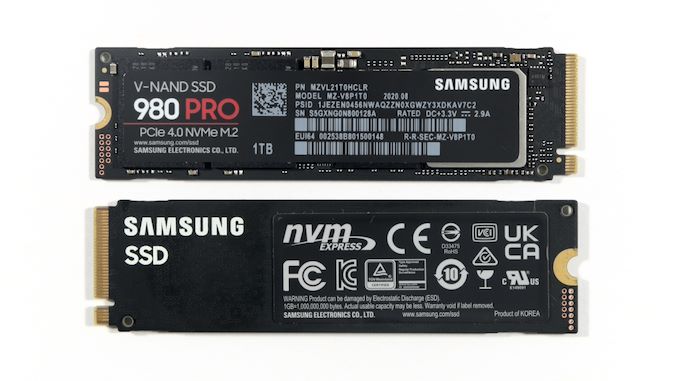The point of the SSD in PS5 wasnt something revolutionary that would have never been achieved before. The very first point of the technology was that the PS5 would have a larger headroom than what it's RAM would have allowed.Some extreme situations of the PS5 IO system could be in designing something like Doctor's Strange portal rooms in the sanctum, where each door leads to a completely different biome that is visible through the door/portal. And you can go into each one instantly, maybe even go back and forth.
View attachment 9389
Another interesting concept is the Tesseract scene in Interstellar where you can quickly scroll through space and time of a region in space.
View attachment 9390
However all of these things are doable just fine with enough RAM, or with a combination of RAM and fast SSD. Or some clever data planning and management.
There was no hyperbole. Parallels were made with the streaming solutions of past games such as Crash Bandicoot, Soul Reaver and Jak and Daxter. Only this time, the SSD made this its exponentially more efficient next gen iteration, allowing the devs to pump and access more detail and amount of assets, faster and easier than past solutions. SSD serves as a (slower thus partial) extention of RAM. If you have enough RAM then you can achieve the same result.
Crash Bandicoot on PS1 serves as an interesting example of that potential, since that game pumped more detail than any other PS1 game due to the devs' innovative solution in streaming. Other devs thought that Sony provided ND with unique tools because they couldnt figure out how the PS1 could feed that detail in its tiny RAM.
Last edited:


